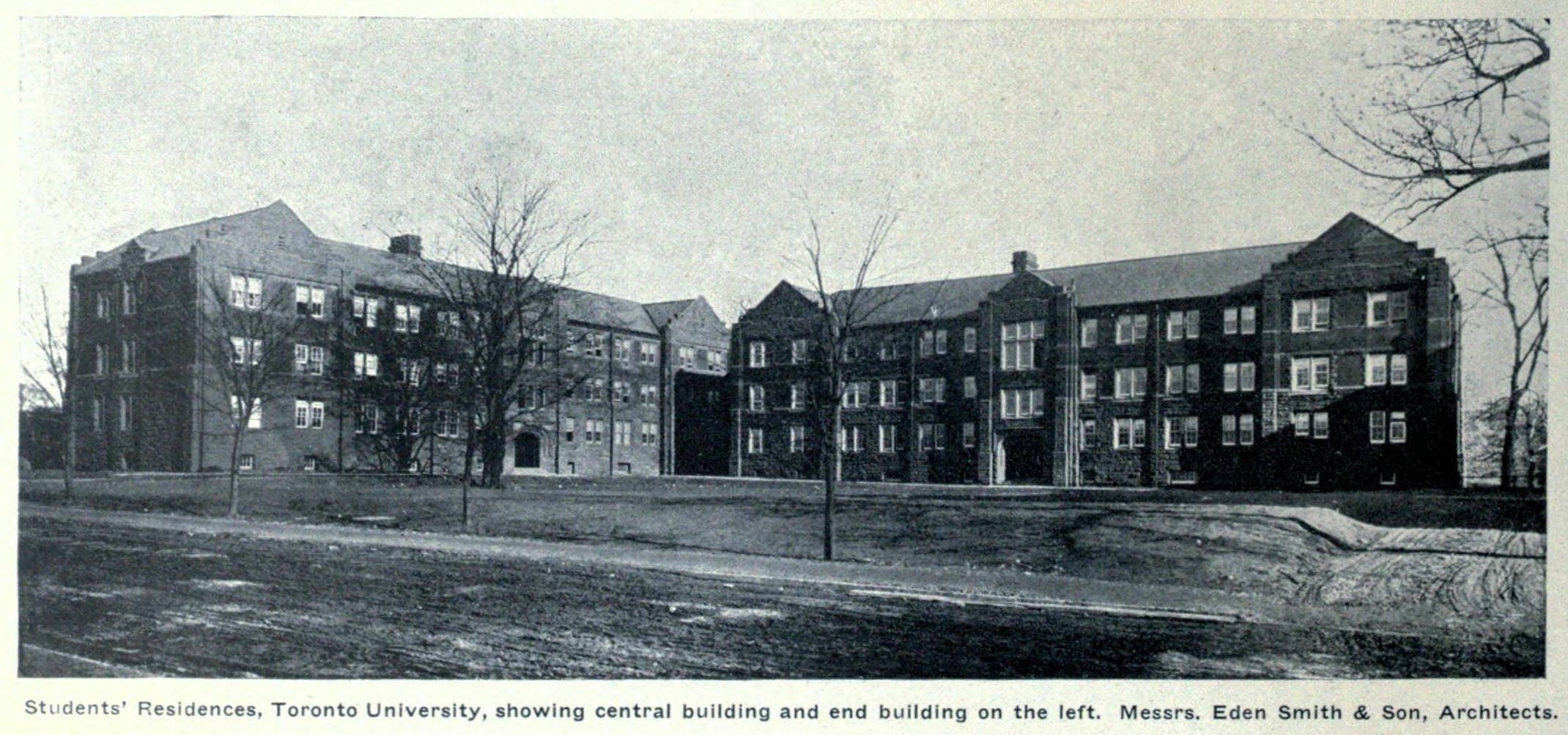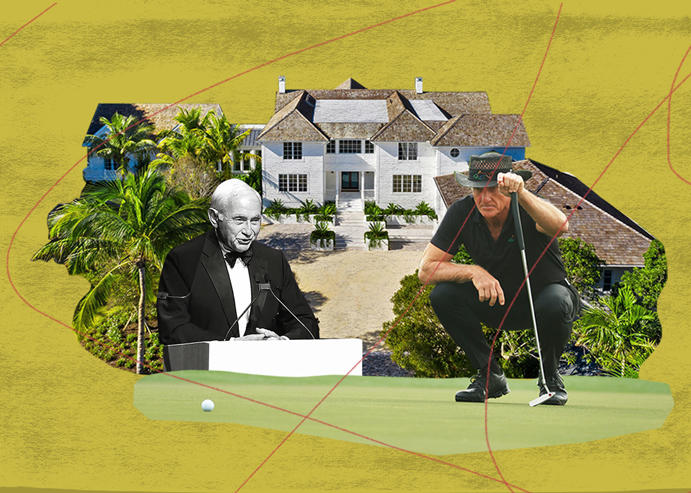Table Of Content

Devonshire House came into being in 1696 when William Cavendish, the 1st Duke of Devonshire, purchased Berkeley House, built between 1665 and 1673. Two hundred years at the heart of London’s social life scene provides plenty of stories and an impressive cast of characters, from politicians to royalty.
Rachel Cavendish (née Russell), Duchess of Devonshire (1674–
The famous socialite Lady Georgiana Spencer and the 5th Duke of Devonshire lived here in the 18th century, while in the 19th the eccentric 6th Duke of Devonshire, or ‘the Bachelor Duke’, occupied its halls. Chatsworth House in Derbyshire is a historic English country estate that has served as the home of the Dukes of Devonshire and their ancestors since the mid-16th century. It is one of the finest country houses in the Peak District, drawing countless visitors into its opulent halls every year. Sunday- Culture, including books, ballet/arts, and travelMonday- History including book recommendations, documentaries, and interesting histories!
Devon House

Wednesday- History Bite (a short bite of interesting history)Friday- Style File Friday, including fashion history, favourite pieces, and resources. Parts of Devonshire House are still visible today, with some artworks and furniture installed at Chatsworth House. The famous iron entrance gates, the absence of which Mrs. Dalloway bemoans, now stand on the other side of Piccadilly to form one of the entrances to Green Park. The Duke of Devonshire saw this as an opportunity to rebuild Devonshire House in the form of a vast, majestic palace fit for hosting balls and concerts.
Georgiana Cavendish (née Spencer), Duchess of Devonshire (1757–
Artwork representing the Duchess of Devonshire by reputable painters of the Georgian era remain, including a 1787 portrait by the famed Thomas Gainsborough which was once thought lost. The legacy of the life of Georgiana Cavendish, Duchess of Devonshire has remained a topic of study and intrigue in cultural and historical spheres centuries after her death. Other commitments might prevent an immediate response to your comments or questions. Only comments relating to the current post are eligible for publication; non-relevant comments and promotional references will be deleted.
History and Gourmet Delights at Devon House, Jamaica
This original estate was notable for its use as a prison for Mary Queen of Scots, who was kept here on several occasions between 1569 and 1584. Little remains of the original structure except the Hunting Tower which still stands on the hill behind Chatsworth House. Interestingly, many of the royal guests did not choose to emulate a specific royal- the Tsar and Tsarina chose to wear court dress from Peter the Great’s reign, rather than an actual figure. The future King Haakon VII of Norway attended, along with his wife Maud (daughter of the Prince and Princess of Wales), Tsar Nicholas II and Empress Alexandra of Russia, Prince Alfred of Saxe-Coburg and Gotha (son of Queen Victoria and Prince Albert), and The Duke and Duchess of Teck. With the topic of liberation at the heart of her policies, the bold involvement of the Duchess of Devonshire in political activism pioneered women's involvement in public, championing their influential participation long before the validation of women's rights and subsequent feminist ideals. Immediately after her death, the Duke of Devonshire discovered the extent of her debts.
Works by Georgiana Cavendish
There is so much room within the apartments at Devonshire House that the possibilities are endless. Since 1928, this fetching red brick building has been at the heart of 28 East 10th Street. The redevelopment has changed the property dramatically but has kept the heart and soul of the old building with the structure and foundations in place to offer an elegant and traditional living space, as well as great public areas. From the Devonshire House’s stylish prewar condominiums to its prime, Greenwich Village location, it is one of the most sought after listings in the whole of Manhattan, combining elegance, comfort and modern convenience.
Explore the Key Sites of Henry VIII’s Life and Reign
Among the treasures sold were several books printed by William Caxton, 1st editions of Shakespeare, and eventually Devonshire House itself, along with its three acres of gardens. The British Red Cross used Devonshire House during World War I as a postal sorting office. Eventually, the famous aeronautical pioneer Gertrude Bacon took charge of the office as part of her service that saw her awarded the British War Medal. Such was the grandiosity of the palace that it became an entertainment centre for social events rather than a place to live. Indeed, the stark interior gave little hint as to the riches contained inside, with the Devonshire art collection, one of the finest in England in the 18th Century, housed within. In a twist of fate, the fire occurred when London society was undergoing a shift in social events, with large gatherings consisting of dance, wine, and merriment becoming the norm.
The recommendation came from one of the fantastic front desk staffers back at The Courtleigh, who told me Stout was the most popular flavor among local Jamaicans. Creamy and refreshing, but bearing the unmistakable boldness of its namesake dark brew, Devon Stout is pure manna on a hot day in Jamaica. The traditional English courtyard garden and landscaped roof terrace continue the stylish prewar theme, while the location itself effortlessly exudes grace and style in all directions. The condominiums feature high ceilings, prewar moldings in every room and oversized windows with natural light flowing through every space.
The gates seen today don’t date from the original design of Devonshire House, in fact, Green Park is their fourth London location. Georgiana and the Duke had a strong and loving marriage but one that contemporaries and modern voyeurs struggle to understand. In 1782 Georgiana’s best friend; Lady Elizabeth “Bess” Foster became the Duke’s mistress and they all lived happily together under one opulent roof. The house became a magnet for the politicians, royals and wits of the day and parties would continue all night with dancing, gossiping and – above-all – gambling. The house fetched a whopping £750,000, and the purchasers, Shurmer Sibthorpe and Lawrence Harrison decided to demolish the building.
The Duke commissioned William Kent to design the palace, Kent’s first for a London house. From fire damage to becoming one of London’s finest mansions, to its eventual demolition and replacement by offices, the history of Devonshire House is enormously rich. Many of Britain's great noblemen maintained large London houses that bore their names. As a ducal house (only in mainland Europe were such houses referred to as palaces), Devonshire House was one of the largest and grandest, ranking alongside Burlington House, Montague House, Lansdowne House, Londonderry House, Northumberland House, and Norfolk House.
Devonshire Homes to make Gotham House its new home in Tiverton - Devon Live
Devonshire Homes to make Gotham House its new home in Tiverton.
Posted: Sun, 05 Nov 2023 07:00:00 GMT [source]
Information on this page, including website, location, and opening hours, is subject to have changed since this page was last published. Jamaica’s finest ice cream and easily among the very best cold and creamy treats I’ve ever sampled anywhere, Devon House I Scream is simply sublime. I Scream is available throughout Jamaica, but truly it’s best enjoyed here at its source on the grounds of the historic Devon House Mansion in New Kingston. It was a quick five-minute taxi ride from my hotel, the elegant Courtleigh Hotel & Suites, to Devon House, though my nervous anticipation made the trip feel much longer. I had long heard about the legendary I Scream, but somehow had never found time to try it on previous visits to Jamaica’s capital.
The town house of the Dukes of Devonshire, built about 1737 by the third Duke who was satirised by Pope) on the site of an older edifice of the same name, was designed by Kent, and cost upwards of £20,000. It contains, besides a collection of gems, many fine paintings by old masters, and the unique collection of old English plays formed by John Philip Kemble. Devonshire House was long the headquarters of the Whig party, and here Georgiana, the beautiful Duchess whose enthusiasm for Fox is a matter of history, held her brilliant court. The house stands back from Piccadilly between Berkeley Street and Stratton Street, and has a spacious garden in the rear.
It was only after a fire in 1733 that the former 17th century house was rebuilt. The 3rd Duke of Devonshire appointed William Kent as designer and Devonshire House was complete by 1740. Devonshire House was the London townhouse of the Dukes of Devonshire, the Cavendish family who are better known for their country home; Chatsworth House. As with most little details in London, the closer you look, the more history seems to jump out at you and these gates were once part of a huge mansion. These ornate entrance gates to Green Park might have caught your eye along Piccadilly. This was also the hub of Anglo-American society, for Senator Whitelaw Reid was appointed American ambassador to St. James’s Palace in 1905, and rented the palace at a cost of $40,000 a year (about $960,000 in 2009 dollars).
Elegant kitchens and master bathrooms are equipped with premium appliances, quality fixtures and custom-made cabinetry. Lady Randolph Spencer-Churchill, mother to one Winston Churchill, dressed as Austrian Empress Maria Theresa, and the Countess of Warwick was Marie Antoinette. The Princess of Wales attended as Queen Marguerite de Valois, and her daughter-in-law, The Duchess of York, attended as one of Marguerite’s ladies in waiting.
Elizabeth, who came to be called "Old Madam Legh", belonged to the family of the Leghs of Lyme, who owned Lyme Park in Cheshire, England, from 1398 until 1946, when the house and gardens were given to the National Trust. On her seventeenth birthday, 7 June 1774, Lady Georgiana Spencer was married to society's most eligible bachelor, William Cavendish, the 5th Duke of Devonshire, who was nine years her senior. The wedding took place at Wimbledon Parish Church.[4] It was a small ceremony attended only by her parents, her paternal grandmother Lady Cowper, one of her prospective brothers-in-law, and her soon-to-be sister-in-law, the Duchess of Portland. Her parents were reluctant to let their daughter go, and while she was now married to one of the wealthiest and most powerful men in the land, still attempted to exert their parental influence and keep her emotionally dependent on them. After the Great War, the great London mansion and the accompanying social and political power attached to its grandeur began to pall.
You can read more about the beauty of the buildings in the Broadway/University corridor here. The windows at the ends of each façade have stone enframements, with elaborate ones at the second and third floors. At the two top floors, two sets of windows per façade have elaborate surrounds that span those top two floors and feature Churriguerresque-inspired columns and arches.

No comments:
Post a Comment